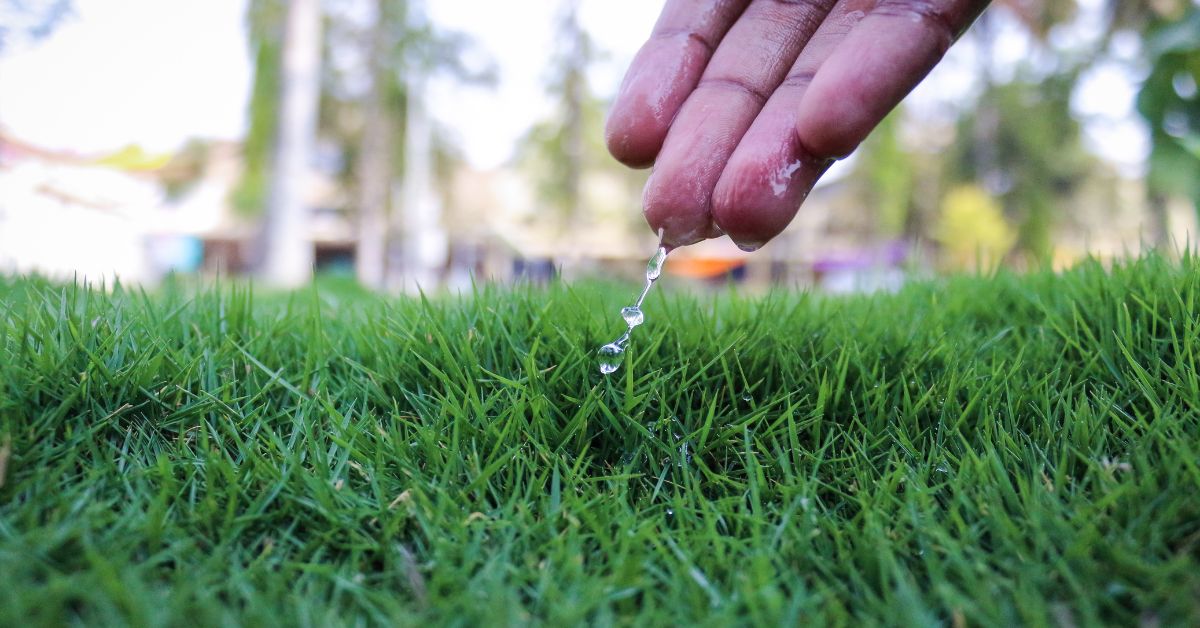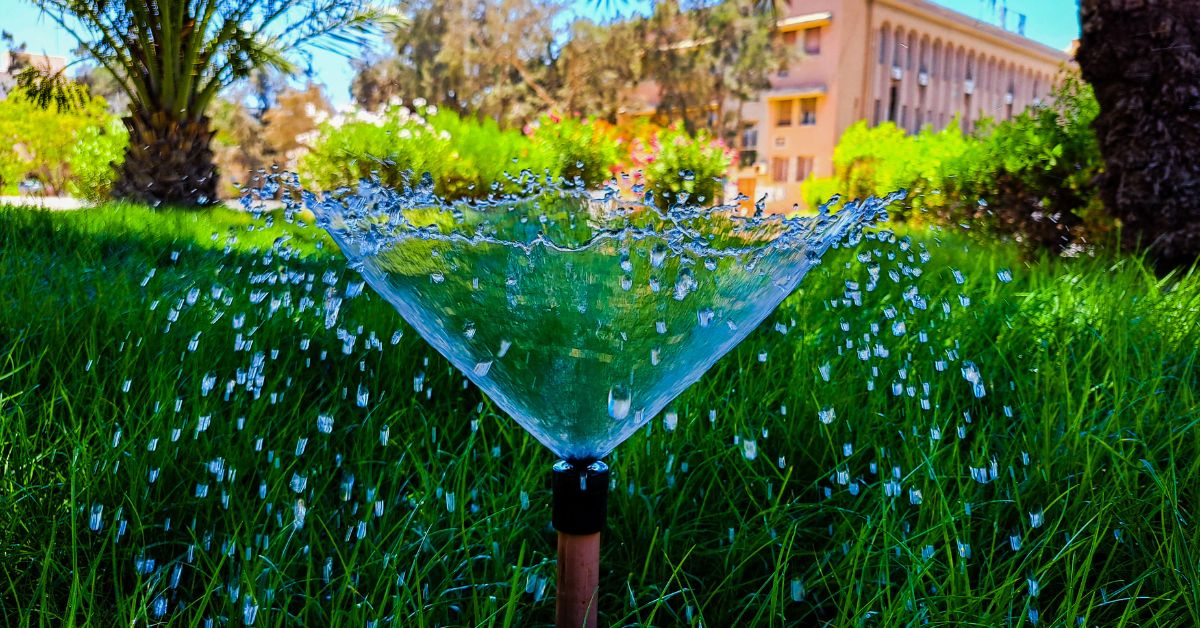Mice are known for their rapid reproductive rates, making them one of the most common household pests. If you’ve ever wondered how fast do mice reproduce, this article will answer that question in detail. The reproductive cycle of a mouse is fascinating and vital to understanding their rapid population growth. This knowledge can help you manage rodent populations, prevent infestations, and take control of your space. Read on to learn everything about how quickly mice breed and what factors contribute to their swift reproduction.
How Fast Do Mice Reproduce?
Mice can reproduce at an astonishing rate, which is why infestations can escalate quickly if not managed. The typical mouse can start reproducing as early as 6 weeks of age and can continue to do so throughout their life, producing multiple litters per year.
Breeding Season:
Mice breed year-round, but they are most active during warmer months when food and shelter are abundant. This period boosts their chances of successful reproduction, as warmer temperatures encourage increased mating behavior. With optimal conditions, mice can reproduce quickly, leading to rapid population growth. Understanding this seasonal pattern is key to managing infestations effectively.
Gestation Period:
The gestation period for mice is typically between 19 to 21 days. This short duration allows female mice to give birth to multiple litters each year. Due to the rapid gestation, mice populations can grow exponentially, especially in controlled environments. This quick reproductive cycle contributes significantly to their ability to proliferate and infest areas swiftly.
Litter Size:
A female mouse can give birth to a litter ranging from 6 to 12 pups. This number can vary based on environmental factors and the mouse’s health. Larger litters increase the chances of population growth, allowing mice to quickly establish colonies. With multiple litters per year, the reproductive potential of mice is significant, contributing to infestations.
Frequency of Births:
Mice can reproduce every 3 weeks, making them capable of having up to 8 litters annually. This frequent breeding cycle enables them to rapidly increase their population. With such short intervals between births, even a small number of mice can quickly become an overwhelming infestation, which is why prompt control measures are essential.
Life Span:
Mice typically live for 1 to 2 years in the wild, although their life expectancy can be shorter in areas with predators or poor conditions. Despite their brief lives, mice reproduce frequently, which allows their populations to grow quickly. Their ability to breed rapidly within their short lifespan makes them highly successful at maintaining large populations.
The rapid reproductive cycle is a key factor in why controlling mice populations is so challenging. As one mouse can produce hundreds of offspring in a short time, even a small number of mice can quickly escalate into an overwhelming infestation.
Factors That Influence the Reproduction Rate of Mice
While mice are known for their fast reproduction, certain factors can influence how quickly they reproduce. These factors include:
Environment:
Mice thrive in environments that offer warmth, food, and shelter. They prefer areas like homes, barns, and warehouses, where they can easily find resources and build nests. Urban and rural settings provide ideal conditions for rapid reproduction, leading to frequent infestations. Control measures often focus on eliminating food sources and sealing entry points to prevent mice from settling in these environments.
Food Supply:
A steady and abundant food supply significantly boosts mice reproduction Rat Traps Work. Mice are opportunistic feeders, consuming grains, fruits, and even food scraps from human homes. When food is plentiful, female mice can produce more litters in a shorter period, contributing to rapid population growth. Ensuring proper sanitation and eliminating food sources is crucial in controlling mice infestations.
Space:
Mice require secure, undisturbed spaces to nest and raise their young. They thrive in hidden areas like walls, attics, basements, and cluttered storage rooms. These safe environments allow them to breed and multiply without disturbance. Providing fewer hiding spots and sealing entry points can reduce available space, making it harder for mice to establish a colony and reproduce.
Genetics:
Genetics plays a role in the reproductive rates of mice. Some mouse breeds are genetically predisposed to reproduce faster and in larger numbers than others. Additionally, selective breeding in controlled environments, like labs, can enhance these traits, leading to even higher reproduction Rat Nest Look Like. Genetic factors, combined with environmental conditions, significantly influence how quickly mice can multiply.
These factors combine to ensure that mice can reproduce efficiently in human environments, causing infestations to grow rapidly if not dealt with in time.
Why Mice Reproduce So Quickly
The fast reproduction cycle of mice is a survival strategy. Here’s why mice breed so quickly:
Predator Avoidance:
Mice reproduce rapidly as a survival strategy to counteract their many natural predators, including snakes, birds of prey, and carnivorous mammals. By having multiple litters throughout their short lifespan, mice ensure that enough offspring survive to maintain the population. This high reproductive rate helps compensate for the constant threat of predation in their natural environment.
Small Size:
Mice’s small size allows them to breed frequently and quickly. Their compact bodies enable them to reproduce early in life and produce multiple litters annually. This size advantage helps them hide in small spaces, evade predators, and reproduce in concealed areas, contributing to their rapid population growth. Their small size is key to their survival and reproductive success.
Efficient Reproduction:
Mice have a highly efficient reproductive system, with short gestation periods and the ability to breed as early as six weeks old. They can produce large litters multiple times a year, allowing their populations to grow rapidly. This efficient reproduction strategy ensures they can quickly replenish their numbers, making mice one of the most prolific breeders in the animal kingdom.
FAQs
Q: How fast can mice reproduce?
A: Mice can reproduce every 3 weeks, with litters containing 6-12 pups. A female mouse can have up to 8 litters per year.
Q: What is the lifespan of a mouse?
A: In the wild, mice typically live for 1 to 2 years, but their reproductive cycle allows them to leave behind a large number of offspring during their short lives.
Q: Can one pair of mice lead to an infestation?
A: Yes, a single pair of mice can quickly escalate into a large infestation due to their rapid reproduction rate. One pair can produce hundreds of offspring in just a few months.
Q: What factors affect how fast mice reproduce?
A: Factors such as food availability, space, and temperature can all influence the reproduction rate of mice. Warm, food-rich environments tend to encourage faster breeding.
Q: How can I prevent mice from reproducing in my home?
A: To prevent mice from breeding, seal entry points, remove food sources, and set traps to control the population. Professional pest control services may be necessary for larger infestations.
Conclusion
Mice reproduce at an alarming rate, with the potential to overwhelm spaces in a short period. Their quick gestation, high litter sizes, and frequent breeding cycles contribute to their rapid population growth. If you’re dealing with a mouse infestation, it’s crucial to act quickly to prevent further reproduction. By understanding how fast mice reproduce, you can better prepare to control their population and keep your home or business mouse-free.







